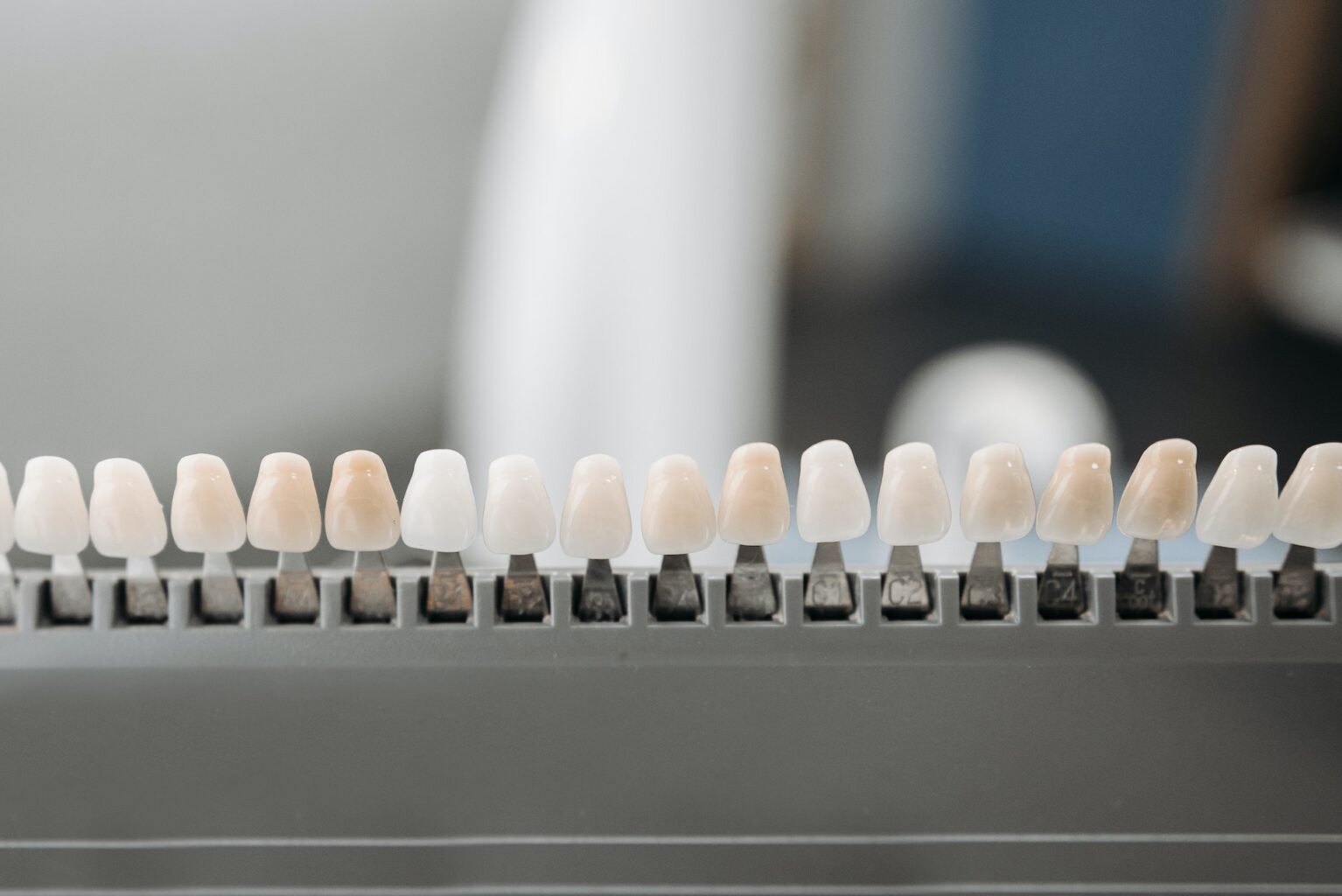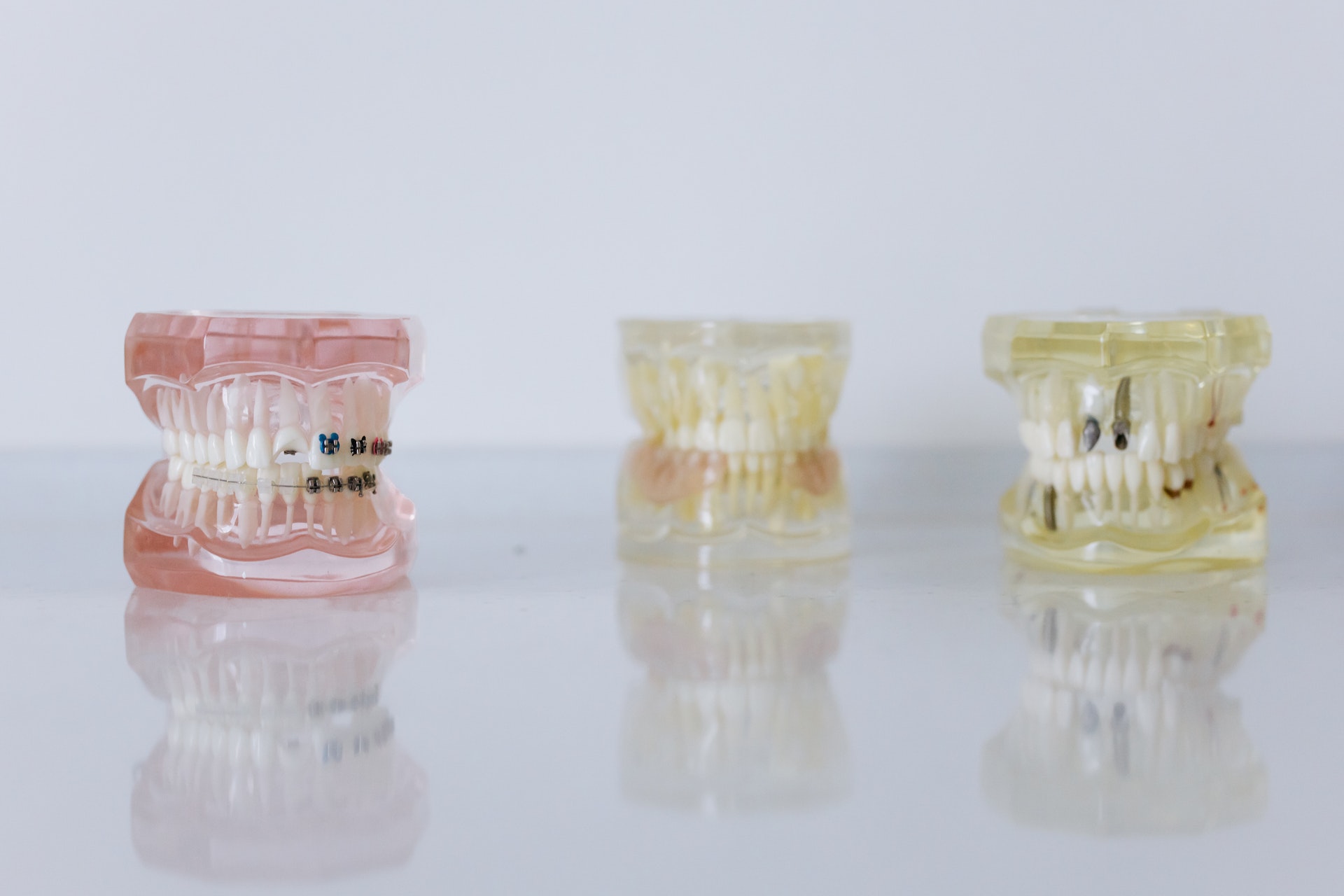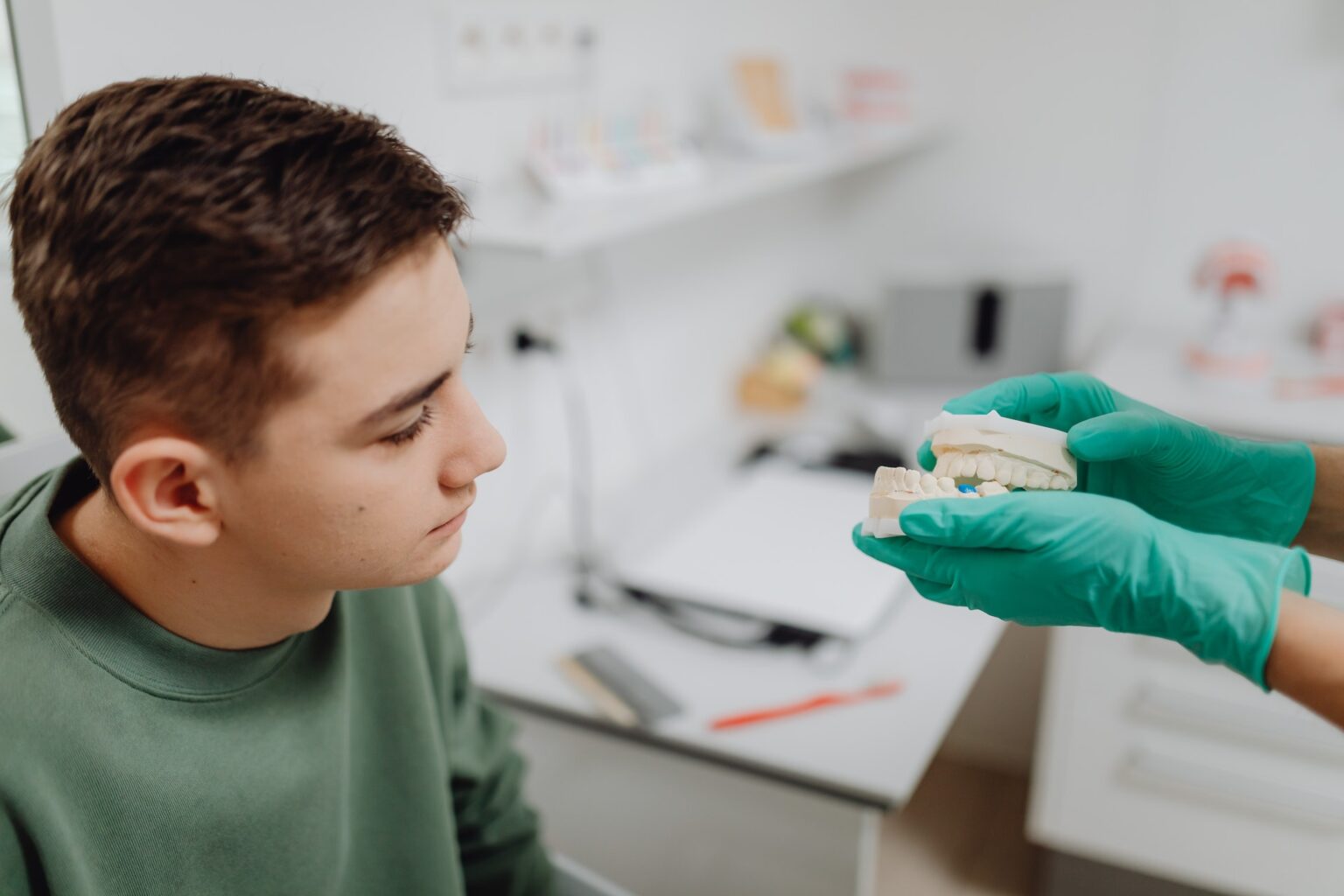Within the realm of dentistry, the term “full mouth reconstruction” promises a complete revitalization of an individual’s oral health. This intricate dental procedure encompasses a spectrum of treatments and interventions meticulously orchestrated to restore not only the functional harmony of the mouth but also the aesthetics that define our smiles.
Full mouth reconstructions represent a transformative journey undertaken by individuals seeking to overcome a myriad of dental challenges that span from damaged teeth and missing gaps to bite irregularities. To know more, keep reading to understand the intricate landscape of full mouth reconstructions, delve into the motivations behind these extensive dental endeavors, decipher the core components of the process, and more.
Why Are Full Mouth Reconstructions Needed?
Individuals seeking full mouth reconstructions are often grappling with a combination of dental issues that impact their oral health, appearance, and quality of life. Some common motivations that lead individuals to consider this extensive procedure include:
Severe Tooth Decay and Damage: Teeth that are extensively decayed, cracked, or broken can cause pain, discomfort, and difficulty in eating. Full mouth reconstructions address these issues by restoring or replacing damaged teeth.
Missing Teeth: Gaps caused by missing teeth can affect speech, eating, and self-confidence. Replacing missing teeth with dental implants, bridges, or dentures is an integral part of a reconstruction.
Bite Misalignments: Problems with the alignment of the upper and lower jaws can lead to issues such as jaw pain, headaches, and uneven wear on teeth. Full mouth reconstructions aim to correct these misalignments for improved bite function.
Gum Disease: Advanced gum disease can lead to gum recession, bone loss, and even tooth loss. Treating gum disease is a crucial step in restoring the health and stability of the mouth.
Cosmetic Concerns: Individuals with multiple aesthetic concerns, such as stained, discolored, or irregularly shaped teeth, may choose a full mouth reconstruction to achieve a more attractive smile.
Medical Necessity: In some cases, extensive dental issues can impact overall health, making a full mouth reconstruction a medical necessity rather than just a cosmetic choice.
Full Mouth Reconstructions: Steps Taken
A full mouth reconstruction is not a one-size-fits-all procedure. It is a customized treatment plan that takes into account an individual’s unique dental issues, goals, and overall health. Here is what you need to know about full mouth reconstruction steps:
Comprehensive Examination: The journey begins with a thorough examination, including X-rays, scans, and impressions. This assessment helps the dentist identify all dental issues and develop a tailored treatment plan.
Treatment Planning: Based on the examination results, the dentist will work with the patient to create a comprehensive treatment plan. This plan outlines the specific procedures and timeline required to achieve the desired outcomes.
Addressing Dental Issues: The next phase involves addressing the identified dental issues. This can include treatments such as dental fillings, root canals, periodontal therapy, extractions, and dental implant placement.
Restorative Procedures: Restoring damaged or missing teeth is a central component of full mouth reconstructions. This can involve procedures like dental crowns, bridges, and veneers to enhance both functionality and aesthetics.
Orthodontic Correction: If bite misalignments are present, orthodontic treatment may be included in the plan to achieve proper alignment and bite function.
Implant Placement: Dental implants are a common solution for replacing missing teeth. These implants provide a sturdy foundation for dental restorations like crowns, bridges, or dentures.
Final Restorations: Once the foundation is set, the final restorations are crafted and placed. These can include customized dental crowns, bridges, dentures, and other prosthetic devices designed to blend seamlessly with natural teeth.
Ongoing Maintenance: Regular follow-up appointments and proper oral hygiene are essential for maintaining the results of a full mouth reconstruction. Dentists provide guidance on post-treatment care to ensure the longevity of the restorations. Once you know about full mouth reconstruction steps, you can be better prepared for the outcomes.
Expected Outcomes for Full Mouth Reconstructions

The impact of a full mouth reconstruction extends far beyond the oral cavity. Individuals who undergo this transformative journey often experience a range of life-changing outcomes:
- Improved Oral Health: By addressing dental issues comprehensively, they restore oral health and prevent further complications.
- Enhanced Functionality: Restoring proper bite alignment and replacing missing teeth improves chewing and speaking functions, enhancing overall quality of life.
- Aesthetic Transformation: A reconstruction can result in a more attractive smile, boosting self-confidence and self-esteem.
- Pain Relief: For individuals suffering from dental pain caused by decay or misalignment, reconstructions provide relief and comfort.
- Long-Term Investment: The durability and longevity of the restorations make it a valuable long-term investment in oral health.
- Holistic Wellness: Oral health is interconnected with overall well-being. A healthy mouth contributes to better systemic health and a higher quality of life.
Understanding Your Requirements
Full mouth reconstructions are a testament to the artistry and science of modern dentistry. Dentists carefully consider not only the functional aspects of the procedure but also the aesthetic harmony of the final result. The goal is to achieve a smile that not only functions properly but also looks natural and enhances the individual’s unique facial features.
A full mouth reconstruction is a transformative journey that offers individuals a fresh start, both functionally and aesthetically. It addresses complex dental issues comprehensively, resulting in improved oral health, enhanced functionality, and a rejuvenated smile. As dental technology and techniques continue to advance, the possibilities for achieving optimal oral health and a radiant smile through full-mouth reconstructions are more promising than ever before.
Looking for Full Mouth Reconstructions? We Can Help
When you are looking to take care of your oral health better, understanding the basic preventative steps that need to be taken is crucial. A full mouth reconstruction may be one of the only viable solutions for your current oral health, and besides knowing full mouth reconstruction steps, you need the advice of an expert. At Definitive Dental, we are known for dentistry done right, as shown by our clients’ appreciation over the years.
Our pain-free guarantee ensures that no matter which procedure you get for better oral health, it will never be accompanied by pain or discomfort. Schedule your consultation today to understand how we can help you take your smile to new heights and feel more confident about your smile starting today.










